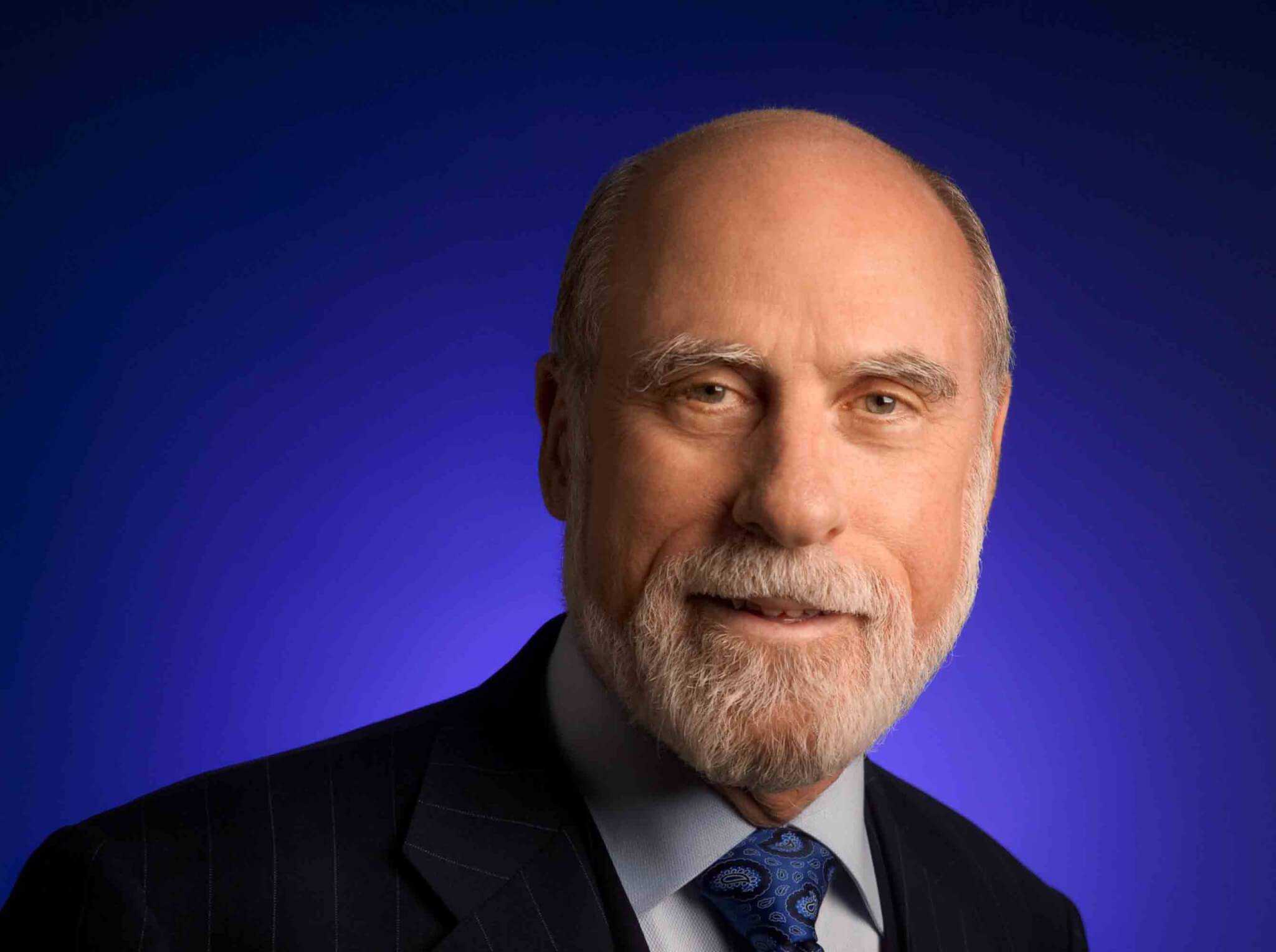One of the fathers of the internet shared his most futuristic project yet with Silicon Luxembourg: the creation of an interplanetary communications network, the Interplanetary Internet. According to Vinton Cerf, that goal is more possible than you might think.
Since 1998 you have been working with Nasa’s Jet Propulsion Laboratory to develop a communications tool for missions on Mars. Was the existing internet not a sufficient tool?
Initially, we were supposed to use the TCP/IP (Transmission Control Protocol/Internet Protocol), but, in space, a signal can take more than 20 minutes, even several hours or days to arrive! And the distances between the planets change all the time! There are several challenges to overcome in order to establish a properly functioning network in space. In addition to the delays and the distances, the positioning of the planets in relation to the Earth is another complexity. If a spaceship is on the other side of Mars, for example, it will not be able to communicate with Earth. Due to all these constraints we need a different protocol than the one we use here today.
Does interplanetary internet exist today?
I am happy to be able to say that we have an appropriate protocol: the DTN. It transmits data in packets, such as TCP/IP. But the big difference is that it is based on a reliable and automatic “Store & Transfer” system that stores partial packets of data in nodes located along a communication path, until parts can be transferred or retransmitted and then grouped together at the final destination. This ensures that there is no loss of information.
“One day, we will use the Interplanetary Internet to communicate with humans living on other planets.”
Is DTN operational?
It has been experimented with for six years and its code is available in open source. NASA, the European Space Agency and JAXA (Japan Aerospace Exploration Agency) astronauts use it to control robots. In 2016, NASA installed the DTN network on the International Space Station. We are also collaborating on this concept with European colleagues. Tests of the use of DTN are being conducted in several universities. The Luxembourg Space Agency, in particular, supports it.
What do you think of Luxembourg’s programs for the exploitation of mines in space?
It is important to anticipate the exploration of the solar system, to ask yourself questions about what you will do tomorrow, to think about new rules…
The mining of asteroids will probably take decades, but it is always better to think about it beforehand than to wait for the moment when you are faced with problems. In this sense, Luxembourg is a visionary country.
How do you see Interplanetary Internet in 20 years’ time?
I see it as a vast network, with ships in space that will serve as communication nodes thanks to their on-board computers. I imagine that tomorrow the Interplanetary Internet will be used for space transmissions to ground stations on Earth, and also to distant ships or robots, or even, one day, to humans living on other planets.
In short
